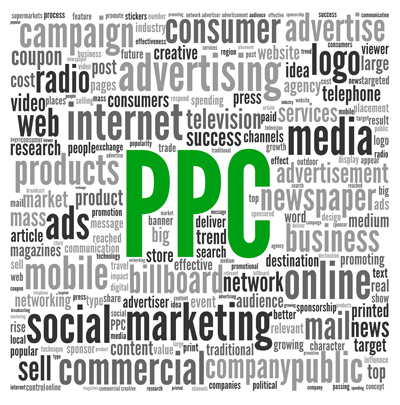 In marketing, it’s critical to understand how the modern consumer operates. After all, what is it that we’re trying to do in our marketing efforts? We’re trying to appeal to the consumer so that they might consider doing business with us. We have to study them, survey them and ultimately do everything in our power to try to figure them out. Because our ability to engage with the consumer is going to determine the success of our marketing efforts. If we don’t understand them, then how can we connect with them?
In marketing, it’s critical to understand how the modern consumer operates. After all, what is it that we’re trying to do in our marketing efforts? We’re trying to appeal to the consumer so that they might consider doing business with us. We have to study them, survey them and ultimately do everything in our power to try to figure them out. Because our ability to engage with the consumer is going to determine the success of our marketing efforts. If we don’t understand them, then how can we connect with them?
One area where we’re beginning to really get a grip on the attitude of the modern consumer is in PPC (Pay Per Click) advertising. You might not be familiar with the term, but you’re definitely familiar with the concept. As an internet user, you probably use Google on a semi-regular basis (after all, there are more than 3.5 billion Google searches conducted every day). Do you ever search for something on Google and see the “sponsored” results that are adjacent to the organic search results? Those are ads, but they only earn Google money when you click on them. So if you ignore them (as I do 99 percent of the time), the person sponsoring the ads isn’t getting charged.
In the earlier days of the internet, PPC advertising was all the rage. It led to the explosion of Google AdWords, the search giant’s proprietary PPC system. But in 2015, PPC advertising is on the decline. The reason? There’s been a change among the modern consumer.
They are savvy
Just 20 years ago, it was rare for a home to have a personal computer that was connected to the internet. 15 years ago, broadband internet connection was a luxury most people didn’t spring for, instead opting for that horrific dial-up service (you remember that atrocious connection sound). But every generation since then has viewed a PC and broadband internet as staples of the modern home, as commonplace as a TV or a microwave. The result is that today’s average internet user is pretty web-savvy, and they understand the old tricks of the internet. Many PPC ads succeeded based on sheer deception: people didn’t realize they were clicking on an ad. But now, the modern consumer has become very adept at spotting advertisements online. And they have no interest in being a party to your advertising campaign, so they’ll just ignore them.
Organic results get the clicks
Instead, it’s the real Google search results that get all the clicks. Results that appear based on your search terms are referred to as “organic” results, because they appeared naturally. And those results get clicked 70 percent of the time. As for the PPC results? Those are ignored by 80 percent of searchers.
But even all organic results are not created equal. Most searchers never click past the first page of organic results, and the top results get the most traffic. Whenever you perform a search, the odds are overwhelming that you’re going to click one of the first few results on the page.
So what do you do about it?
If you’re used to PPC advertising or that’s the only internet marketing you’ve ever known, you might be despondent right now. Sorry for wrecking your whole world. But the good news is, there is a great way to adjust to the modern consumer: inbound marketing. With inbound marketing, you use your website as the primary tool in your marketing efforts. Through the creation of keyword-laden content (mainly a blog), you can attract visitors to your site with organic results.
Your blogs focus on subjects that are relevant to your market and field (using popular keywords), so that when a potential customer performs a related search, one of your blogs is a top result. That ensures you get the clicks from those Google searchers, driving traffic to your site.
There’s a lot more to inbound marketing than the brief description I’ve provided here, but I’ve introduced you to one of its greatest benefits. To read more on how to get started with a business blog, download our free eBook:


Comments